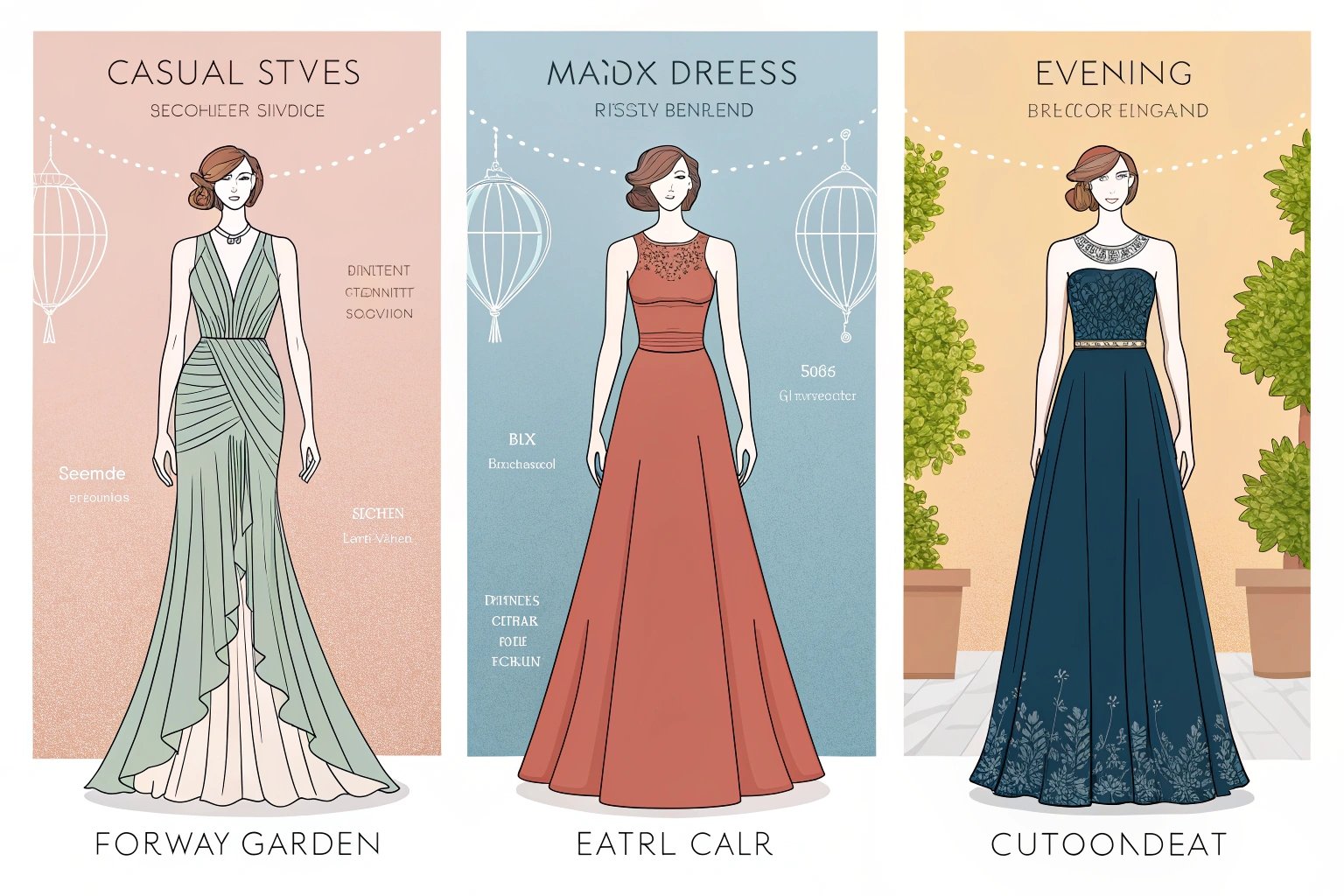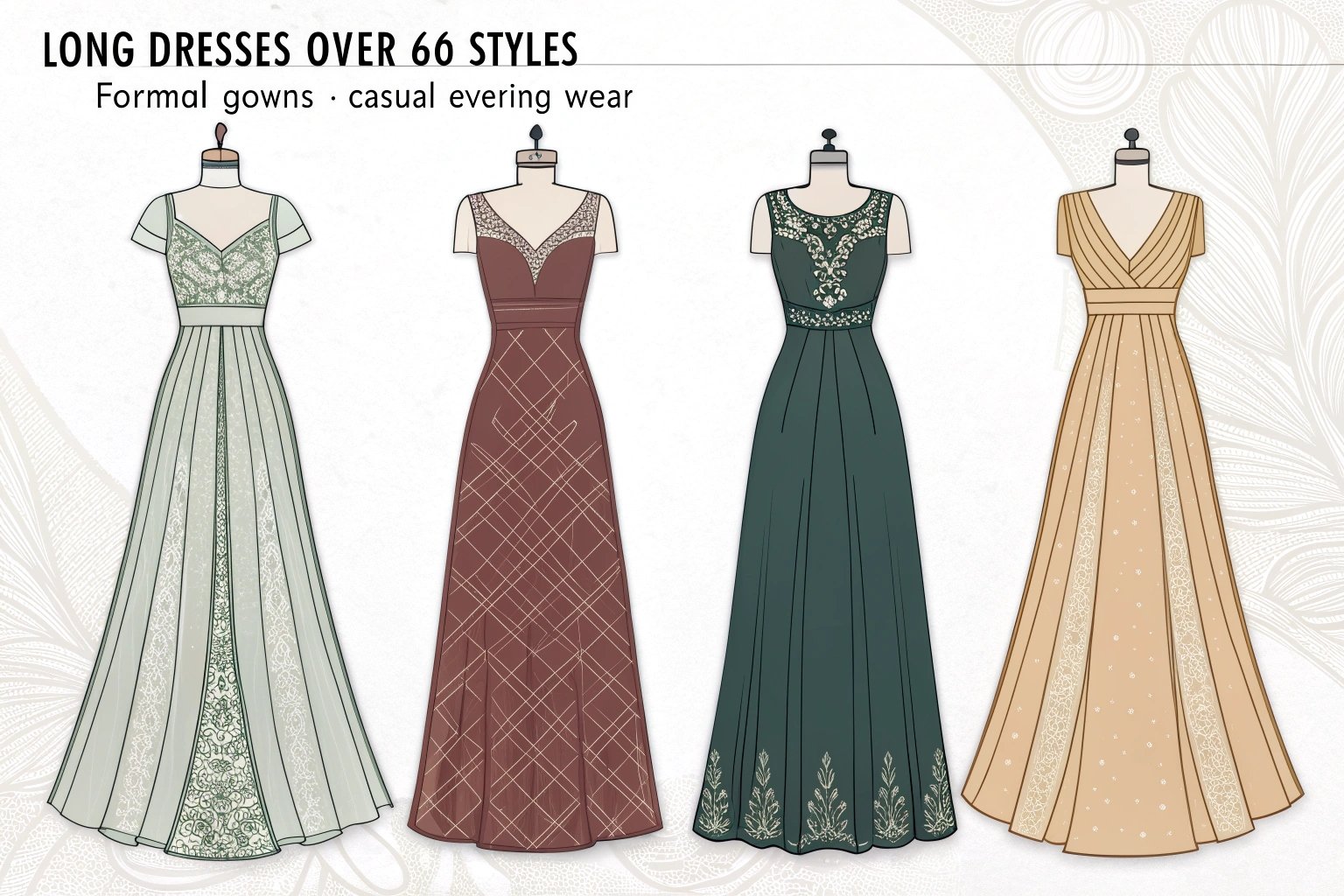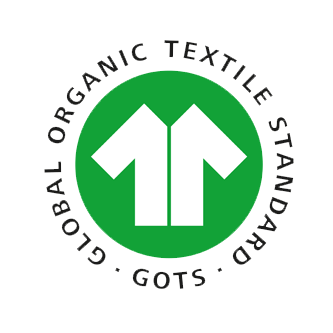In the fast-growing sportswear market, determining the leading manufacturer can be complex. Brands like Nike, Adidas, and Puma are at the top, but what exactly makes them stand out? Let’s explore the elements that contribute to their dominance in the industry.
Leading sportswear manufacturers are identified by their innovation, quality control, and ability to stay relevant. Nike, Adidas, and Puma are prime examples of brands that have mastered these factors, making them the leaders in the athletic clothing space.
Transition paragraph: But what makes these companies stand apart? It’s not just their products, but their commitment to innovation, strategic partnerships1, and global influence that keeps them ahead of the pack.
What Makes a Sportswear Manufacturer a Leader in the Industry?
To be a leader in the sportswear industry, a brand must excel in multiple areas such as technology, design, quality control, and market presence. But what truly sets the top manufacturers apart from the rest?
Leaders in sportswear manufacturing are recognized for their ability to innovate and maintain strict quality standards. These brands blend technology, style, and performance, setting benchmarks for the industry.
 Puma Sportswear Fashion Show
Puma Sportswear Fashion Show
How Do Innovation and Quality Control Impact Leadership in Sportswear Manufacturing?
Innovation and quality control are the backbone of sportswear leadership. Without constant innovation, manufacturers risk falling behind in the highly competitive athletic apparel market. Nike, for instance, is known for its cutting-edge technologies, like Flyknit, which provides lightweight, durable footwear.
On the other hand, Adidas places emphasis on product durability and sustainability, with their Boost technology providing exceptional cushioning. Quality control ensures that these innovations meet consumer expectations and maintain high standards in performance.
| Brand | Key Innovation | Impact |
|---|---|---|
| Nike | Flyknit Technology | Lightweight, durable footwear |
| Adidas | Boost Cushioning | Comfort and energy return |
| Puma | evoKNIT Technology | Flexibility and breathability |
What Role Does Brand Reputation Play in Determining Industry Leadership?
A brand’s reputation plays a critical role in establishing its leadership. A strong reputation is built on trust, consistency, and the perceived quality of products. Leading brands have solidified their reputation through consistent performance and marketing that connects emotionally with consumers.
Nike’s association with athletes like Michael Jordan and Serena Williams strengthens its image as a premium brand. Similarly, Adidas’ collaborations with renowned designers and sustainability efforts have helped build its trust and credibility.
Who Are the Top Athletic Clothing Manufacturers?
The top manufacturers in the sportswear market are those that consistently deliver innovative products, have strong global marketing, and maintain loyal customer bases. Brands like Nike, Adidas, and Puma lead the pack, but how do they maintain their edge?
Nike, Adidas, and Puma continue to lead the athletic clothing market due to their relentless pursuit of innovation, strong brand presence, and the ability to adapt to changing trends and consumer demands2.
How Has Nike Maintained Its Position as the Leading Sportswear Manufacturer?
Nike’s success lies in its ability to stay ahead of the curve in both product innovation and brand marketing. The brand has built a strong emotional connection3 with consumers through its partnerships with world-class athletes and sponsorships of major sports events. Its technological advancements, like the self-lacing shoes and Nike Air technology, give it a distinct edge.
Nike’s ability to lead through continuous research and development has also enabled it to diversify its product lines, from athletic wear to lifestyle fashion, maintaining a dominant market share.
What Makes Adidas a Key Competitor in the Sportswear Market?
Adidas’ success is built on its commitment to sustainability, innovation, and performance. By incorporating sustainable materials like Parley Ocean Plastic and focusing on creating comfortable, performance-driven products, Adidas attracts consumers who value both style and environmental responsibility.
Adidas also stands out by offering customization4 options, such as their Speedfactory, which creates shoes tailored to individual athletes, further distinguishing them from competitors in the market.

How Has Puma Built Its Reputation in the Athletic Clothing Industry?
While Puma may not be as dominant as Nike or Adidas, it has built a loyal following by focusing on design and functionality. Puma has gained significant attention through its collaboration with fashion icons like Rihanna and its focus on innovative performance gear like the Puma Cell running shoes.
Its positioning as a blend of sports and lifestyle fashion has helped it carve a niche in the competitive sportswear market.
How Do Leading Sportswear Manufacturers Stay Ahead of the Competition?
The competitive nature of the sportswear industry requires brands to constantly innovate, adapt to trends, and expand their global presence. But how do the leaders stay ahead?
Leading sportswear brands stay ahead through strategic innovation, investment in technology, and global expansion5. They are continually adapting to emerging trends and consumer needs, which helps them maintain dominance.
How Does Technology and Innovation Drive Manufacturing Efficiency?
Leading sportswear manufacturers invest in advanced technologies to improve product design and manufacturing efficiency. Technology enables faster production cycles, greater customization, and more sustainable practices. Nike’s use of 3D knitting in footwear, for example, allows for rapid prototyping and minimized waste, while Adidas has embraced 3D-printed footwear to optimize design accuracy.
Moreover, the use of automated production lines reduces human error and increases output, allowing manufacturers to respond quickly to consumer demand.
What Strategies Do These Manufacturers Use for Global Market Expansion?
Expanding into new markets requires deep market research and localizing strategies to meet regional preferences. Nike and Adidas, for example, have strong presences in North America and Europe but have also made strategic inroads in emerging markets like China and India. These brands tailor their marketing and products to cater to local tastes, while leveraging sponsorships and partnerships to increase visibility.
Moreover, digital marketing and e-commerce strategies are increasingly important in reaching global customers, allowing these brands to expand beyond traditional retail spaces.
What Role Do Partnerships and Sponsorships Play for Leading Athletic Clothing Manufacturers?
Strategic partnerships and sponsorships are vital tools for increasing brand visibility, attracting new customers, and reinforcing a brand’s performance credentials. Leading sportswear brands use these tactics to build relationships with athletes, teams, and events.
Partnerships and sponsorships help sportswear brands grow by increasing their visibility and credibility. Aligning with high-profile athletes and teams enhances brand recognition and strengthens consumer trust.
How Do Sponsorships with Athletes and Teams Enhance Brand Visibility?
Sponsorships have a powerful influence on brand visibility, especially when top athletes and teams are involved. For example, Nike’s partnership with basketball legend Michael Jordan has become iconic, shaping the brand’s identity. Similarly, Adidas’ relationship with football star Lionel Messi boosts its global recognition, particularly in the sports-centric markets.
By sponsoring athletes who represent the brand’s values, manufacturers can foster deeper connections with consumers and expand their reach.
How Do Strategic Partnerships Help Sportswear Manufacturers Innovate and Grow?
Strategic partnerships, such as Adidas’ collaboration with Parley for the Oceans, are crucial for driving innovation. These collaborations push manufacturers to adopt new technologies, sustainable practices, and even innovative designs that would not be possible in-house. Partnerships with tech firms are also helping manufacturers integrate advanced features like wearable tech into apparel, enhancing functionality and user experience.

What Are the Future Trends in Sportswear Manufacturing?
As the sportswear industry evolves, trends like sustainability, smart fabrics, and digital customization are gaining prominence. The future of sportswear is not only about performance but also about addressing environmental and technological needs.
The future of sportswear will be shaped by sustainability, smart fabrics6, and AI-driven customization. These trends are transforming how products are designed and produced, offering more personalized, functional, and eco-friendly options.
How Are Sustainability and Eco-Friendly Practices Shaping the Future of Sportswear?
Sustainability is no longer just a trend but a necessity. Leading manufacturers are focusing on creating eco-friendly products, such as Adidas’ line made from recycled ocean plastics and Nike’s use of sustainable materials in their production processes.
The pressure for sustainability will continue to influence product design and manufacturing methods, pushing brands to reduce their environmental impact while meeting consumer demand for greener products.
What Technological Innovations Are Leading Sportswear Manufacturers Investing In?
Technological innovations like 3D printing, wearable tech, and AI-driven customization4 are paving the way for future sportswear. Nike’s self-lacing shoes and Adidas’ 3D-printed sneakers are just the beginning. These innovations provide consumers with more personalized, efficient, and cutting-edge products that push the boundaries of traditional athletic wear.
Conclusion
The sportswear industry remains dynamic, with brands like Nike, Adidas, and Puma leading through innovation, strategic partnerships, and global expansion5. As the market evolves, trends like sustainability and technological advancements will continue to shape the future, ensuring that the top manufacturers stay ahead in a highly competitive environment.
-
Learn how strategic partnerships with athletes and teams boost brand recognition. ↩
-
Understand the importance of adapting to consumer preferences in the sportswear market. ↩
-
Discover the strategies brands use to build trust and loyalty among their customers. ↩
-
Explore the trend of personalized products and how brands are adapting to consumer demands. ↩ ↩
-
Explore how leading brands adapt to new markets and consumer preferences worldwide. ↩ ↩
-
Discover the innovations in smart fabrics that are transforming athletic apparel. ↩









